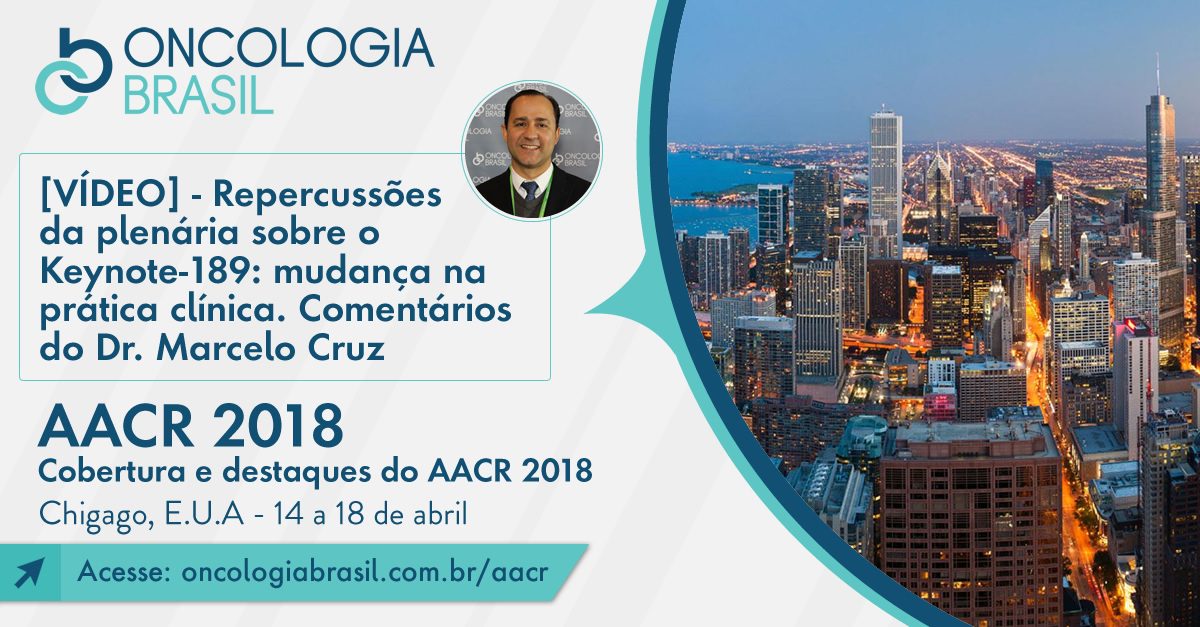

These courses nurture creativity, reinforce diverse talents, diminish the stigma of failure, foster community, and teach principles of equity and inclusion in science. The great CUREs such as SEA-PHAGES, in which students isolate and characterize bacteriophage from soil (Hanauer et al., 2017, 2022 Jordan et al., 2014) the Genomics Education Partnership (GEP), in which students annotate genomic information that has not previously been studied (Lopatto et al., 2008 Shaffer et al., 2010, 2014) and the UCLA Undergraduate Research Consortium for Functional Genomics, in which students conduct genetic experiments on fruit flies (Evans et al., 2021 Olson et al., 2019), set a standard for quality and impact. There are CUREs across a range of topics that can be adapted, adopted, or emulated. Therefore, CUREs are a significant step toward achieving a more inclusive STEM workforce. Moreover, the community colleges are key to building a more inclusive STEM workforce because members of groups that have been historically excluded from science are more likely to receive associate degrees than bachelor’s degrees, and many two-year colleges are not equipped to offer students any research experiences. Consequently, most students decide to leave STEM based on their experience in large introductory lecture courses, which are notorious for driving students from STEM before potentially formative research experiences even at research universities. Most undergraduate students do not have early opportunities to participate in research. These studies suggest that research courses may have a significant impact on students’ academic trajectories beyond the research course itself.ĬUREs introduce students from all types of institutions to the thrill of research early in their academic career (Hurtado et al., 2009 Rodenbusch et al., 2016). Studies show that taking a research course early in college increases the likelihood that a student will remain in a STEM major until graduation, and that they will complete college, regardless of major (Rodenbusch et al., 2016). CUREs can even have a more positive impact on students than research experiences in faculty labs (Aikens et al., 2017). Students also enter their findings into a global database about the antibiotic-producing isolates they discover, thereby communicating their results to a wider scientific community and participating in an important part of scientific discovery (Hurley et al., 2021).ĬUREs enable students to be scientists in a community of peers, thereby leading them to identify as scientists regardless of ethnicity or background, and CUREs make research experiences available to all students on an equal basis (Bangera & Brownell, 2014).

The possible experiments and findings are infinite. During the course, they explore microbes in soil and characterize the antimicrobial profiles of their isolates. They generate their own hypotheses and design experiments to search for new antibiotic-producing strains of bacteria from soil. In a Tiny Earth course, each student works from a soil sample they procured themselves. Tiny Earth hopes to address this crisis by crowdsourcing antibiotic discovery through a network of an estimated 14,000+ students per year in 30 countries. The resistance problem is made dire by the declining pipeline of new antibiotics from the pharmaceutical industry.


The research is relevant and real: antibiotic resistant bacteria cause millions of untreatable infections each year. For example, in the Tiny Earth CURE, students learn how to do science and engage in true discovery as they contribute to a collective search for new antibiotics. How does this work? Relevance, original thinking, and working in a community of peers are key components of CUREs. Research courses improve learning outcomes especially for students in underrepresented groups (Hurtado et al., 2009 Rodenbusch et al., 2016). To increase equity and inclusion in STEM education, Course-based Undergraduate Research Experiences (CUREs) are among our most promising tools.


 0 kommentar(er)
0 kommentar(er)
